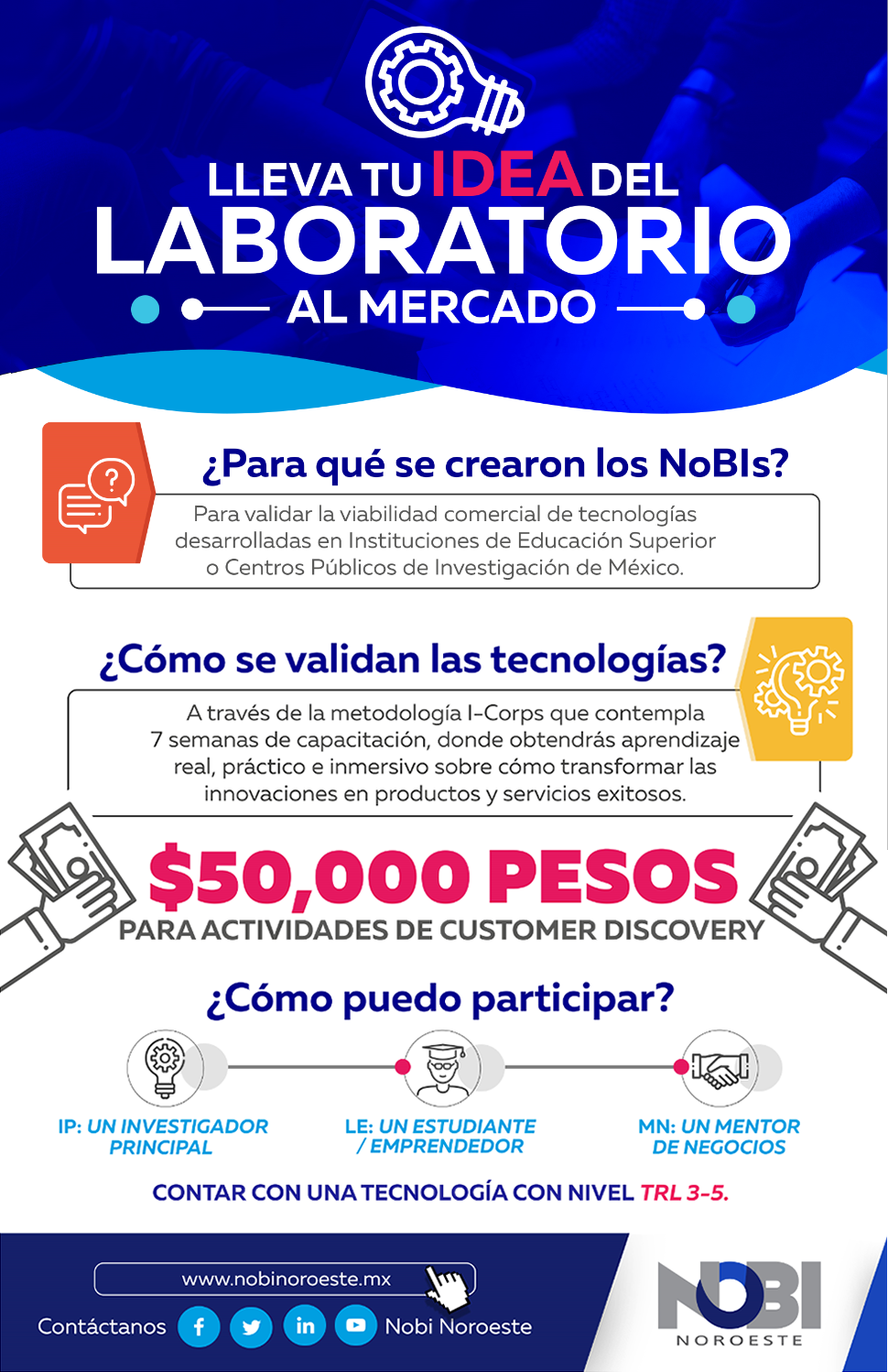On Thursday 2nd of July, tens of kindergarten and elementary school children, accompanied by their parents, attended to a talk-workshop about some of the robotic and virtual reality tools astronauts use in the outer space, which was on charge of Ulises Zaldívar, PhD in Robotics by the University of Versailles and full-time researcher at the Technological Innovation Park (PIT, Parque de Innovación Tecnológica) of the Autonomous University of Sinaloa (UAS, Universidad Autónoma de Sinaloa).
This demonstration, Robotics as an Indispensable Tool in the Space Age, was part of the programed activities of the tenth edition of the summer courses My Vacations at the Library, which main subject this year was “Values in action: an adventure in the outer space” and are carried out by the UAS’ General Direction of Libraries and the University Welfare Unit.
Gathered outside the facilities of the UAS’ Central Library, the attendees learned about haptic and teleoperation. PhD Zaldívar specified that teleoperation is a technique that, through the usage of robots, allows to realize everything from microscopic operations to remote operation, either in the same work area or kilometers away from the human operator; whereas haptic is a technology that, through force feedback, makes possible perceiving and interacting by the sense of touch with the elements that constitute a given virtual reality.
MS Pául Tamayo and MS Silvestre Tamayo were attendants during the demonstration, both are current students of the Mastery of Sciences in Information at UAS’ Informatics Faculty and are elaborating their thesis directed by PhD Zaldívar; they also attend him within the PIT-UAS’ Robotics and Virtual Reality area, where they support Zaldívar in the development and application of his researches. The Tamayo brothers are respectively dedicated to the development of augmented reality techniques for the virtual assembly and to the research about a new strategy of teleoperation for robots that allow to integrate people’s natural movements, with the purpose of handle automatons.
Supervised by Silvestre and Paúl, the children had the opportunity of employing the haptic interface Phantom, thanks to which the attendees confirmed that means for remote operation like this make easier the realization of specific actions because they make the interaction with virtual environments seem more natural or real through force feedback. On this subject, it is worth remarking the ability showed by the most little, in comparison to adults, to interact with the interface.
The attendees also met Nao, a small interactive robot which, previous programming, introduced himself: “My name is Legabot, but everybody calls me Nao”. Then, garnishing its interventions with gestures and movements that reinforced its words, the automaton had conversations with some children and adults from the audience. This way, amazed and very amused, when asked about its nationality, the infants heard Nao respond: “I am from France, but I feel a whole Mexican”; another question made to the robot was about its sentimental status: “No, I don’t have a girlfriend yet”, replied Nao to one of the children’s inquiries.
Thereby, in complement to the observation of the Universe through telescopes and a guided visit to the Sinaloa Science Center, among other activities of My Vacations at the Library, personnel of the PIT-UAS helped in the important task of making children know about science and technology applications in elementary spheres of human activities, with the objective of generating a first approach of Sinaloa’s children to these transcendent fields of knowledge, and thus awake in them an interest by such matters.
Written by Moroni Arellano (Communication and Diffusion, PIT-UAS), translated by Belem Ruiz (Edition and Communication, PIT-UAS).



 Parque Científico Tecnológico, Universidad Autónoma de Sinaloa © 2015
Parque Científico Tecnológico, Universidad Autónoma de Sinaloa © 2015